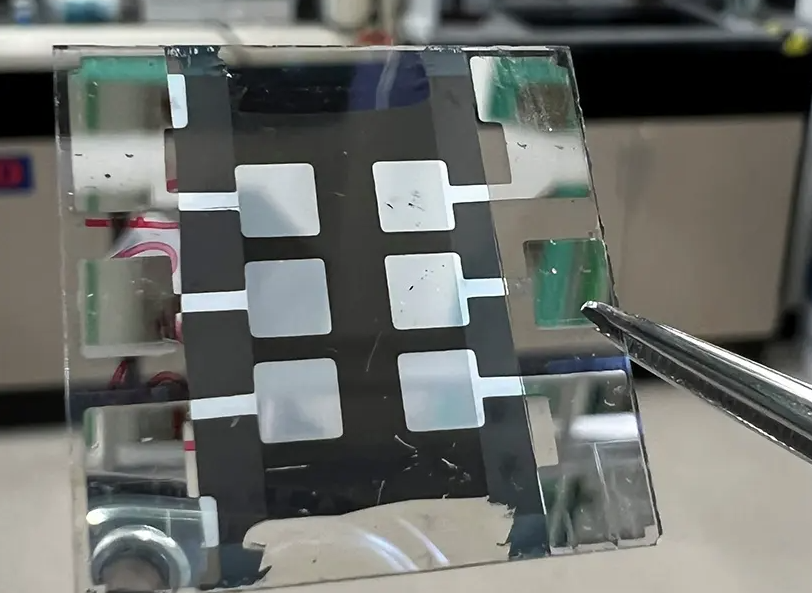Surface engineering for an efficient perovskite solar cell
(Sustainabilityenvironment.com) – High yield and long life have been for a long time two contrasting characteristics of perovskite solar cell. A dualism that still today curbs the spread of this technology on a large scale. But scientists from the National Renewable Energy Laboratory (NREL), the research arm of the US Department of Energy, may have found the junction point.
In collaboration with colleagues at the University of Toledo, the University of Colorado-Boulder and the University of California-San Diego, chemists have created an efficient and stable perovskite solar cell at the same time. Thanks to a particular architectural structure, the unit was able to convert 24 percent of the incident light into electricity, under the lighting of 1 sun; and maintained this efficiency at 87 percent of its original value after 2,400 hours of operation at 55 degrees Celsius.
How to make inverted architecture efficient
As they explain in the article published in the scientific journal Nature, the researchers have resorted to the inverted architecture, so called because the order of the layers of extraction of the charge deposited on the substrate is literally reversed. The structure is known for its high stability and for greater ease in tandem integration with other solar cells. On the other hand, it lacks efficiency, not reaching the standard architecture levels.
To overcome the problem, the team led by NREL added a new molecule, 3-(Aminomethyl) pyridine (3-apy), to the surface of the perovskite cell. The 3-apy helped create a surface electric field that could bring efficiency above 25% by a value of 23%. The result is an efficient and more stable perovskite cell, promising progress for the world of photovoltaics. Scientists also pointed out that reactive surface engineering stands out as an effective approach to significantly improve the performance of inverted structures “to new cutting-edge levels of operational efficiency and reliability”.

